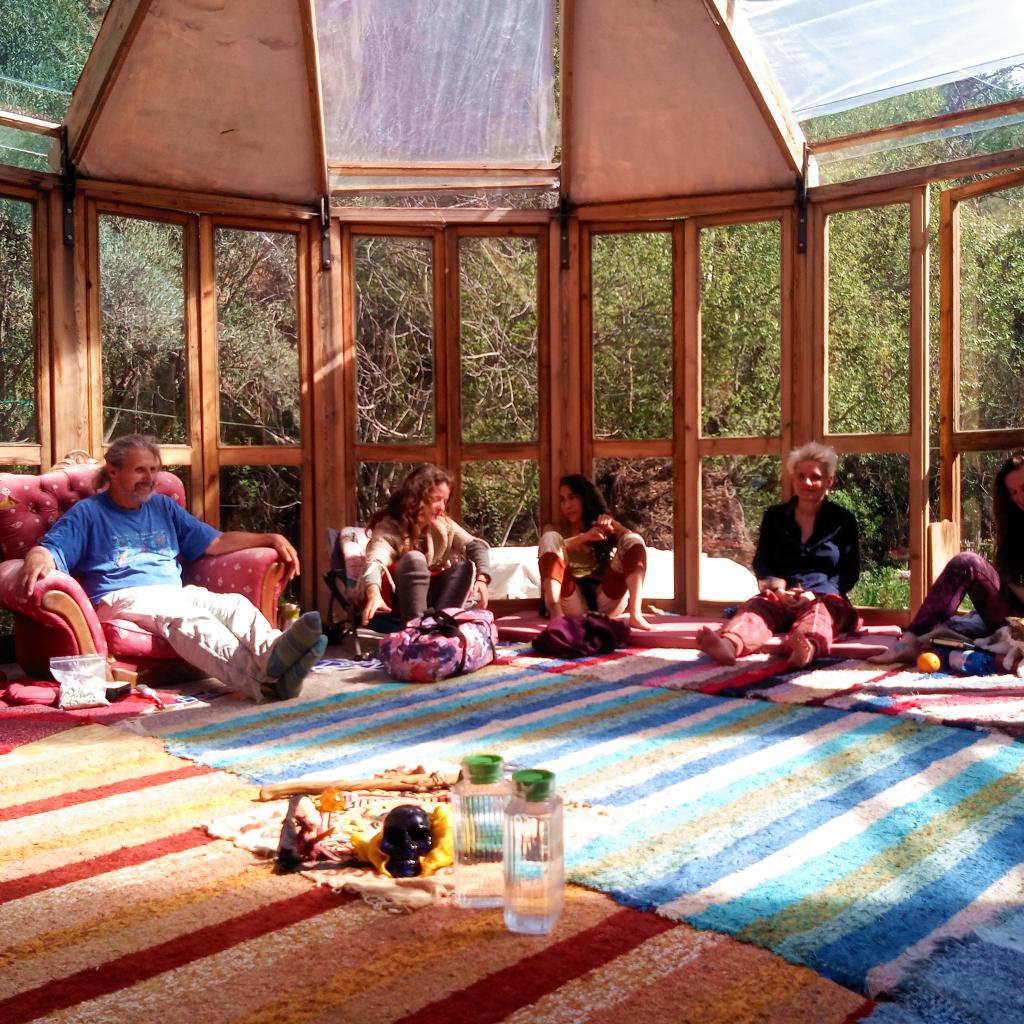In recent years the term coliving has become widely known. Digital nomads, entrepreneurs, freelancers, and seekers of alternative lifestyles have discovered that sharing space can be far more than a practical solution to high rents. It can be a way of life. Yet, within this movement, a deeper current has emerged: conscious coliving. This approach is not only about living under the same roof, but about creating a culture of awareness, growth, and connection. It is about building spaces where human flourishing, ecological responsibility, and authentic community become daily reality.
Why Conscious Coliving?
Modern society faces a crisis of disconnection. Many people live isolated lives, surrounded by digital noise yet starved of genuine human contact. Housing models are increasingly commodified and impersonal, while cities struggle with loneliness and ecological stress. Conscious coliving responds to these challenges with a simple but profound invitation: let us live together, intentionally.
Here, the home is not only a place to sleep but a container for transformation. Residents share not just walls and Wi-Fi, but meals, rituals, practices of self-care, and collective responsibility. The space becomes a fertile ground where creativity, empathy, and purpose can thrive.
The Three Dimensions of Connection
Most frameworks for conscious coliving emphasize three fundamental layers of connection:
-
Connection with Self
Through mindfulness, wellness practices, and space for reflection, individuals are invited to know themselves more deeply. A conscious coliving environment might offer yoga, meditation corners, or simply the supportive silence of nature. -
Connection with Others
Community is at the heart. Intentional design encourages encounters: communal kitchens, circles for sharing, transparent agreements, and clear communication practices such as Nonviolent Communication. The aim is not forced togetherness, but authentic bonds where trust and respect can grow. -
Connection with Nature
Conscious coliving is inherently ecological. From renewable energy systems to permaculture gardens, from local food sourcing to water conservation, residents learn to align their daily lives with planetary wellbeing. Living close to natural cycles nurtures a sense of belonging to the Earth itself.
Core Pillars of Conscious Coliving
To make these ideals tangible, successful communities often build upon four structural pillars:
-
Purpose-driven Design: Spaces are created not just for efficiency, but to inspire beauty, creativity, and encounter.
-
Sustainable Operations: Economic models are transparent, fair, and supportive of long-term viability.
-
Community Facilitation: Skilled facilitators hold the social fabric together, guiding residents in conflict resolution, collective decision-making, and celebration.
-
Policy and Partnership: Collaboration with local governments, networks, and aligned organizations ensures integration with wider society.
The Daily Experience
Imagine waking up in a sunlit room overlooking gardens. You join fellow residents for a shared breakfast, then step into a coworking studio with fiber-optic internet. During lunch you cook together, exchanging recipes and ideas. In the afternoon, you might host a workshop, hike in the nearby forest, or dive into a deep conversation by the fireplace. Evenings bring rituals: a circle of reflection, a film screening, or simply music flowing under the stars.
This rhythm is flexible and respectful of individual needs, yet it gently weaves lives into a supportive tapestry. People remain free, but not isolated. They feel part of something larger.
Beyond Housing: A Cultural Movement
Conscious coliving is more than architecture or hospitality. It is a cultural movement. It asks how we can replace fear with trust, scarcity with generosity, separation with resonance. It challenges the idea that success is measured only in personal gain, and instead invites us to see how we grow through cooperation.
For digital nomads, it offers a remedy to rootlessness: continuity across places through shared values. For local communities, it can bring regeneration, cultural exchange, and fresh energy. For the planet, it models lifestyles that reduce footprints while enhancing wellbeing.
Challenges and Learning
Of course, living together consciously is not always easy. Conflicts arise, habits clash, and old patterns surface. Yet these difficulties are not obstacles, but opportunities. They reveal where growth is needed. Conscious coliving embraces them as part of the practice, with tools for dialogue, facilitation, and collective reflection. Over time, these processes build resilience and maturity within the community.
A Vision for the Future
As the world faces ecological and social upheaval, conscious coliving points towards a hopeful horizon. It shows that sustainable, joyful, and meaningful living is possible right now. Communities around the globe are experimenting, learning, and sharing best practices. From rural retreats to urban hubs, from creative incubators to ecovillage laboratories, the seeds of a new culture are sprouting.
In Summary
Conscious coliving is not simply a lifestyle trend. It is a response to disconnection, a re-imagining of home, and a pathway to resilience. By bringing together people who choose to live with awareness, it cultivates spaces where individuals can flourish, communities can thrive, and nature can be honored. It is about creating not just houses, but living laboratories for a more conscious humanity.
